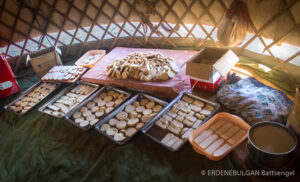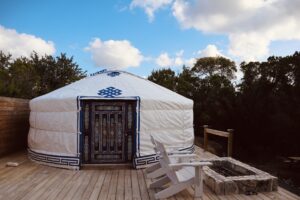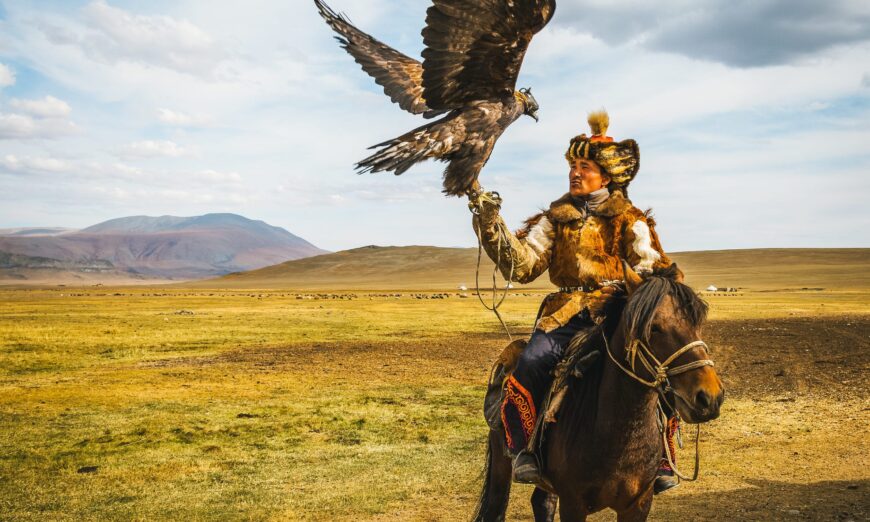Culture of Nomads
Mongolia is well known for its nomadic traditions. A tremendous historical inheritance of Mongolia is the astonishing nomadic culture. The nomadic way of lifestyle is still practiced today in the rural areas of the country. Nomads follow a seasonal routine raising and breeding the five main types of stock – goat, sheep, cattle (including yaks), camel and horse, migrating from place to place following the most favorable pastures and campsites.

“Five Jewels” – Grazing in the Vastness of the Mongol Plains
Mongolia is a country with highly developed animal husbandry, this attracts tourists’ attention. As soon as you leave the city, you will come across the field full of five main animals – goat, sheep, cattle (including yaks), camel and horse. Mongolian cattle are remarkable because they eat more than 500 types of medicinal and nutritious plants. To this extent, the meat of these animals is highly beneficial and keeps the immunity of Mongols strong.
There are around 70 million livestocks in Mongolia, which has become the largest market for eaw materials of animal origin. In addition, Mongols produce high-quality products with the finest and densest cashmere and deliver them to the world market. Tourists label Mongolian cashmere as the most durable and best quality cashmere.

Mongolian Food & Cuisine
The foundation of the traditional Mongolian food is based on the products of the animal nomadic herders raise in the Mongolian steppes – meat and milk. Those simple materials are processed with a variety of methods, and combined with vegetables and flour.

The Mongolian Ger – Masterpiece of the World’s Architecture
With a history of over a thousand years, this portable dwelling made of wood lashed together with leather thongs and covered with felt is the home of the Mongolian nomads. Easy to erect and dismantle, the ger, its furnishings, and the stove inside can be carried by just three camels, or wagons pulled by yaks making it ideal for the nomadic way of life.
The average ger is small but spacious enough to provide adequate living space for a family, is wind resistant, and has good ventilation. Gers are constructed of a latticed wood structure covered with layers of felt and canvas. The felt helps the ger retain heat and the canvas over it sheds rain. The locals categorize Mongolian ger into Khalkha, Oirat and Buryat.

